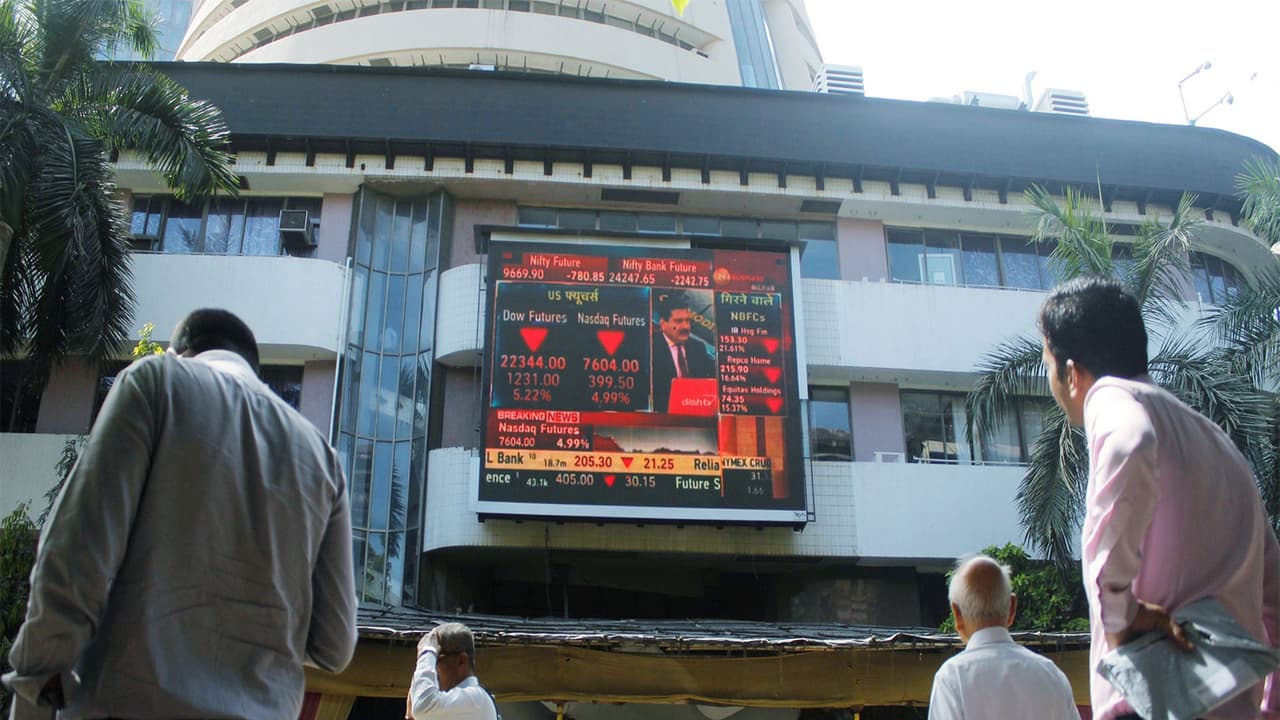Domestic mutual funds’ share in Indian equities hit a record 10.9%, while FPI ownership fell to a 15-year low of 16.9%. Supported by strong SIP inflows, DIIs maintained their lead over FPIs for the fourth straight quarter.
Shift in Market Ownership
The domestic investors, particularly mutual funds, in India’s equity markets expand their footprint while foreign portfolio investors (FPIs) continue a sharp retreat. As per the National Stock Exchange (NSE) Market Pulse of November 2025 report, the domestic mutual funds (DMFs) now command their highest-ever share in listed equities at 10.9 per cent, marking their ninth consecutive quarterly high.
Meanwhile, FPI ownership however has dropped to 16.9 per cent, the lowest level in over 15 years. The report said in Q2 FY26, the DMFs injected Rs 1.64 lakh crore into equities marking the highest quarterly investment ever recorded. This surge was supported by robust retail inflows through SIPs, which averaged Rs 28,697 crore per month. Active schemes increased their ownership to 9.0 per cent, while passive funds held steady at 2.0 per cent. Overall domestic institutional investors (DIIs) maintained their lead over FPIs for the fourth straight quarter, a dynamic last seen in 2003.
Domestic Mutual Fund Investment Strategy
DMFs remained overweight on large-cap Financials and mid-tier Consumer Discretionary stocks, while deepening their underweight position in Consumer Staples due to rising competition from online and quick-commerce players. They maintained a negative stance on commodities but moderated their view on IT to neutral.
Retail Investor Participation Hits 22-Year High
The NSE Market Pulse further highlighted that the direct retail ownership remained stable at 9.6 per cent, but when combined with mutual fund holdings, individuals now own 18.75 per cent of India’s listed equity markets at its highest in 22 years. This marks the fourth consecutive quarter where individuals’ combined direct and indirect holdings have surpassed FPI ownership, reversing a 2014 gap of 11 percentage points in favour of FPIs.
Surge in Household Equity Wealth
Despite a Rs 2.6 lakh crore decline in Q2 FY26 due to market softness, household equity wealth has surged by Rs 53 lakh crore since April 2020, recording a five-year CAGR of 29.8 per cent.
Supportive Macroeconomic Environment
On India’s macroeconomic parameters, it said the backdrop remains firmly supportive. Inflation cooled to a record low of 0.3 per cent in October, reinforcing a benign price environment that enhances consumer purchasing power. Industrial activity also showed resilience, with IIP expanding 4 per cent year-on-year, supported primarily by stronger manufacturing momentum.
Demand indicators were strong, highlighted by a 40.9 per cent jump in vehicle registrations, while financial conditions stayed healthy as bank credit grew 11.5 per cent. External buffers also strengthened, with FX reserves reaching USD690 billion. Although the trade deficit widened due to higher gold imports, the combination of low inflation and stable macro fundamentals has boosted expectations of a 25 bps RBI rate cut at the December MPC meeting. (ANI)
(Except for the headline, this story has not been edited by Asianet Newsable English staff and is published from a syndicated feed.)
